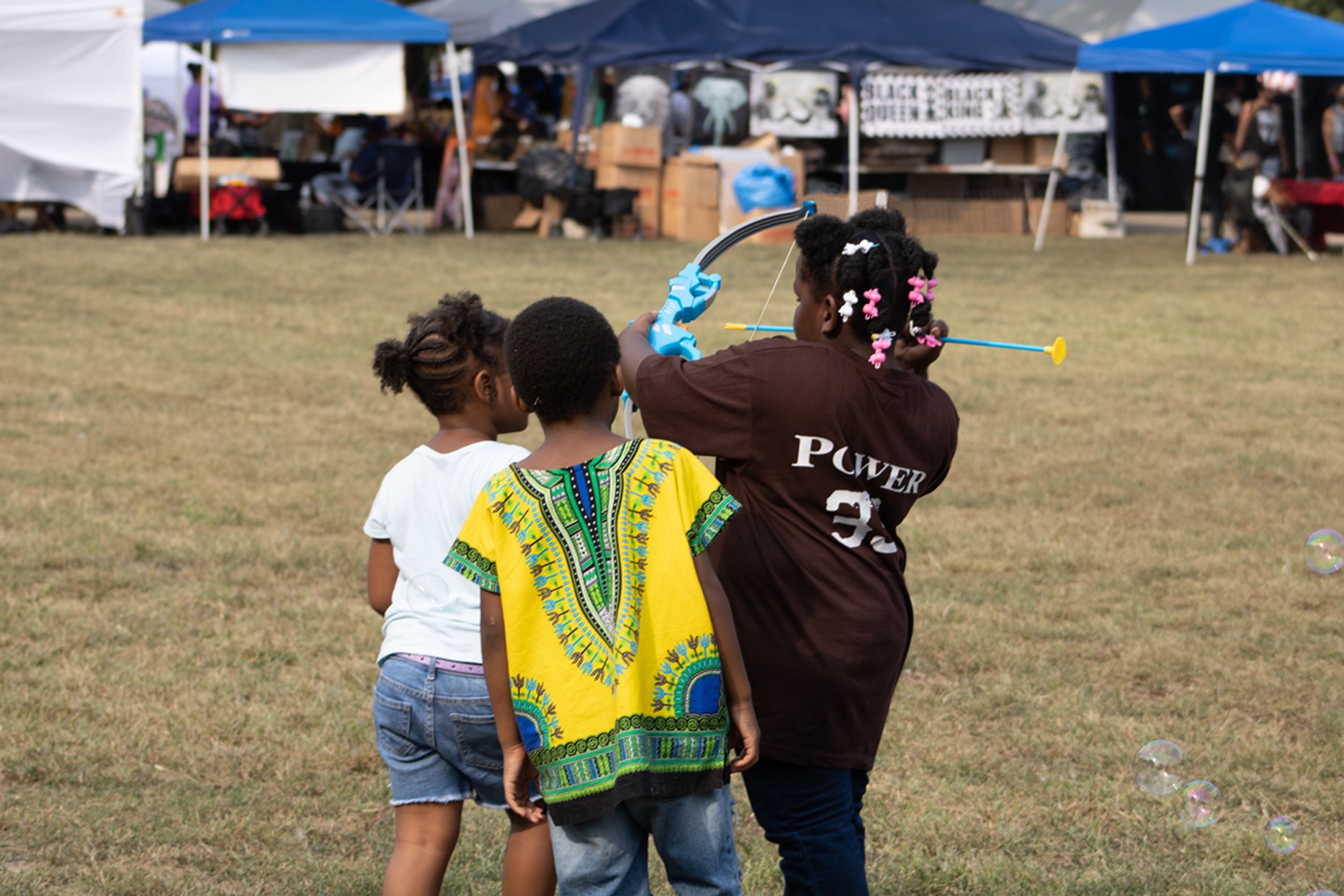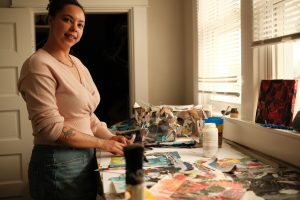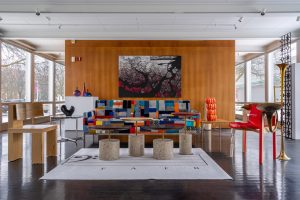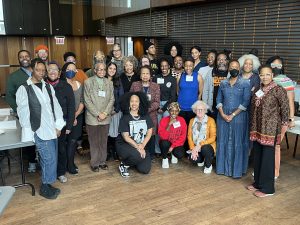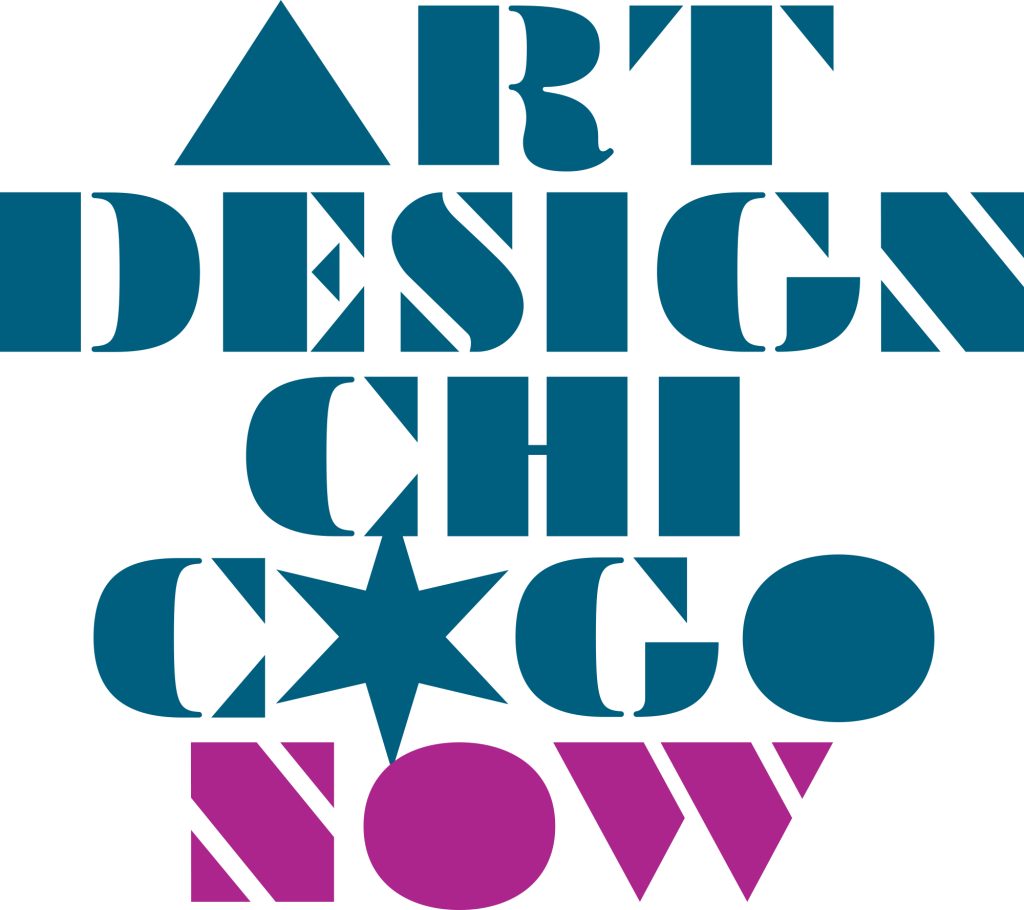
This article is presented in conjunction with Art Design Chicago Now, an initiative funded by the Terra Foundation for American Art that amplifies the voices of Chicago’s diverse creatives, past and present, and explores the essential role they play in shaping the now.
Chicago is a city dense with history. We’re known for our world-renowned museums, the World’s Columbian Exposition of 1893, for being the birthplace of modern architecture, and so much more. Every street, every building, and every inch of the urban landscape holds a rich Chicago story. Our beautiful parks are the very same and are some of the city’s underrated gems.
During his career, world-renowned landscape architect Frederick Law Olmsted designed Central Park in NYC, the grounds of the U.S. Capitol in Washington D.C., and several places here in Chicago, including Jackson Park, Washington Park, and Midway Plaisance. Olmsted was an artist and made landscape architecture his medium. The architect was sought after for his ability to design outdoor community spaces that were beautiful as well as useful and accessible for the surrounding neighborhoods. These picturesque greenspaces remove you from the bustle of the city, with each one having a story to tell. Studying these spaces is no different than studying art. Who is the audience, what is the inspiration, and what story is it telling?
In celebration of Olmsted’s 200th birthday, the Washington Park Camera Club, in conjunction with The Hyde Park Historical Society, revisited the history of these parks in a contemporary context with photo essays that weaves together historic and new images of Olmsted’s South Park: of Jackson Park, Washington Park, and Midway Plaisance. I sat down with the longest member of the club, Fred Lott (over 50 years!), and Lauren Snowden Ingram, a photographer he mentored. They added their stories to the layers of history of Chicago Parks.
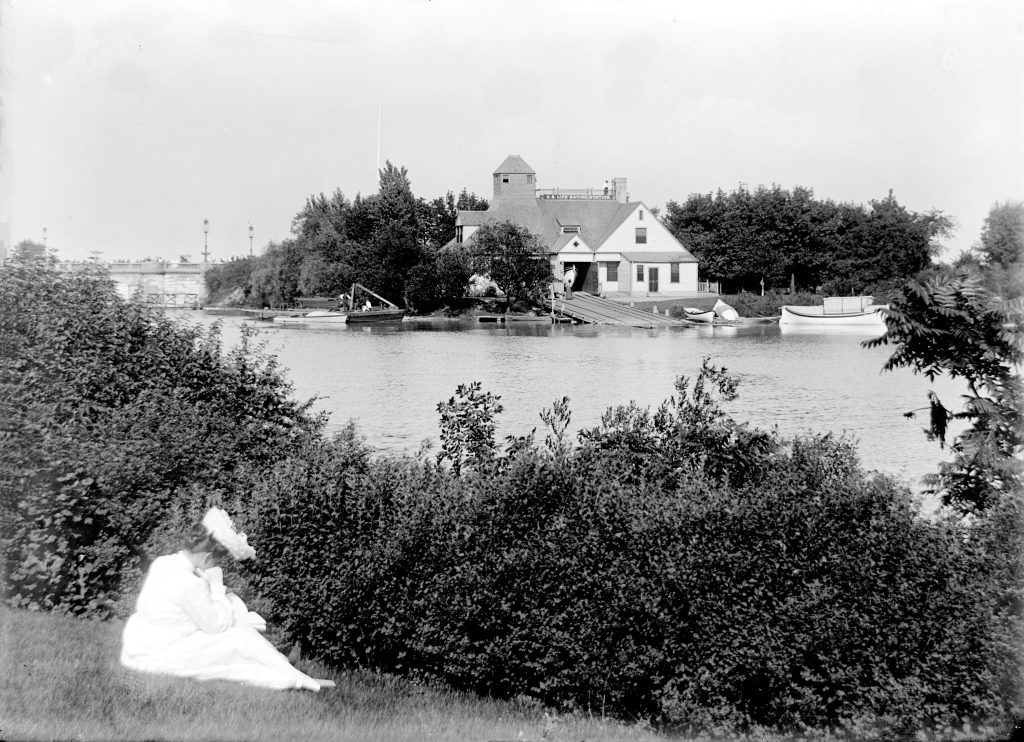
Jen Torwudzo-Stroh: How did you get involved with the Washington Park Camera Club?
Fred Lott: [When] the park had just been built at the location where it is now, my brother was an assistant to the leader of the park and was also the drama teacher there. That’s where the Camera Club initially started, in the park, and that’s why I got interested.
Lauren Snowden Ingram: I had been taking classes and really getting into photography — I had planned to do that after retirement. And I ran into Duane Savage as well as Jerry Lorry [both who were members of the Camera Club]. Both said, “Why don’t you join the Camera Club?” And I was like, “Oh, I don’t know.” I [had] met Duane before. I’m active at the DuSable museum and he used to do the photography there, so when he said again, “Why don’t you join the camera club?” I said, “Ok, I’ll join,” and I joined.
JTS: What inspires your photography?
FL: I was inspired by the way the fall colors look in Washington Park. It’s really beautiful, you wouldn’t know it riding by on Cottage Grove how beautiful the park is until you go inside and you can actually see. You really need to walk into the interior of the park to appreciate it. It’s right in an urban area and if you don’t go in there you can pass by it all day long and never know how beautiful the lagoon is. It’s really a nice place to go and relax. I’ll go and sit on a bench and take my camera out and just sit there and watch and wait to see what kind of birds will come and land where I can photograph. I love to do that. Naturally, as I was getting older, I couldn’t maneuver around really [well] but I could sit there and wait. It’s just like fishing; you can just wait for a while [and] something will always change.
On different days, the lighting is always different. All day long, if you stay there for hours the lighting is always different. Everything is changing.
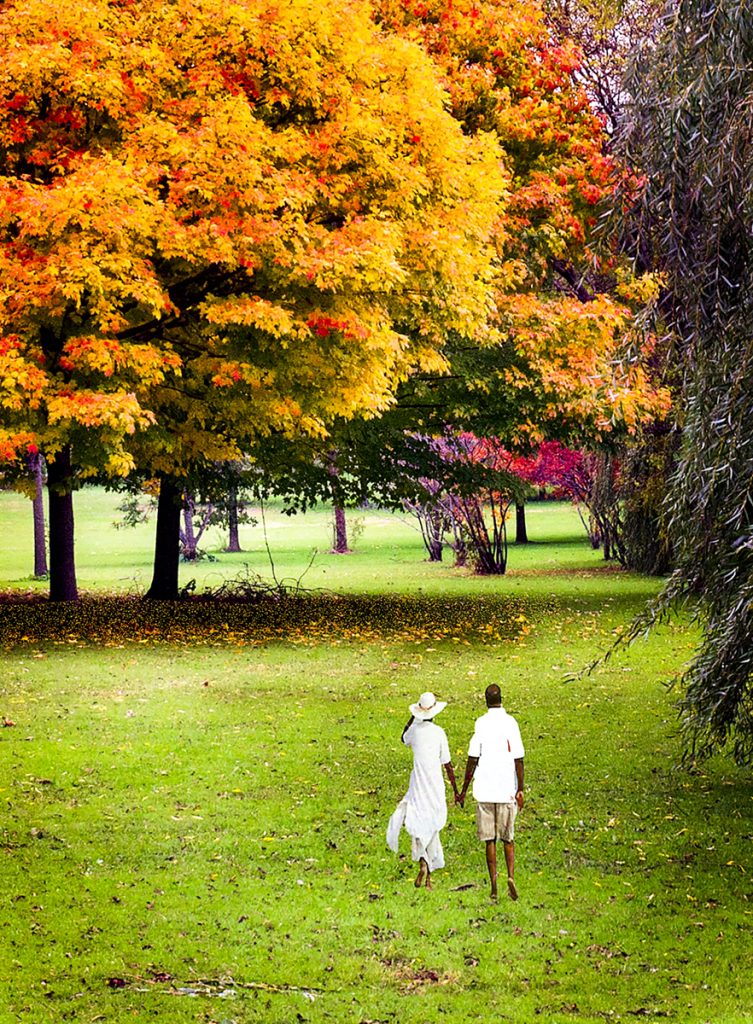
LSI: You know, when you’re photographing, you go back different times and you get a different light. If you’re using natural light, you’re gonna get something different. It’s just fun to see your work back in time.
JTS: What is your photography process?
FL: I only use available light. I’m shooting nature so no flash [is] involved. It’s just what I see. My favorite part of photography is the alteration of reality. I like to change things from the way they really appear. I like abstract things — paintings and whatnot. I carry that over into my photography and I can do that really well in Photoshop. Years ago in film, I did quite a bit. When it switched over to digital it made it incredibly easy to do these things that were really difficult for [me] to do when I was doing film. It’s been 20 years or longer since I’ve been in the dark room.
LSI: I use natural light — I don’t change. I’m just so proud of my work when I look at it. I did this! It’s fun, I go back and I do it again.
JTS: Tell me about your personal history with Washington Park, Jackson Park, and Midway Plaisance.
FL: First of all, the Bud Billiken Parade always ended up in the [Washington] Park. I always went to the parade every year. Sometimes they would have picnics in the park, that was even before they built the field house there. They had a lot of softball and games in the park, which a lot of people enjoy watching.
LSI: [My family] moved here from Detroit when I was 12. [Me and my] first friends here in the city, [in] the summer of 1959, we walked to the park every day and played in the water. And there were never any issues of safety. We put our things in the locker, we swam, played, whatever.
My husband lived down the street from the park and I asked him last night about his memories. One of the things he said [was], when it got hot, they would close the screen door and never close the main door, which meant the house was open. [They would] walk over to the park with a sheet and sleep in the park. Other people have told me that too.
JTS: Did you learn anything about the history of the park as you were working on the photo essay?
FL: I learned a lot. [The Washington Park Camera Club and I] were in the park twice a week and I would come to the park, but actually I knew nothing about the history of the park. So this was really eye-opening for me to learn about the real history of this park.
LSI: [Doing] the research [for the essay], I found a picture of the [DuSable Museum] Women’s Board in 1987, because it was only developed around 1983. I [took] a picture of when the DuSable Museum reopened in 2021 in the middle of the pandemic. We found some pictures of some old golfers from the 50s or 60s. And then I put in a picture of the golf course and a man riding through Jackson Park on a bike [in the photo essay]. [Another photo I contributed to the photo essay showed] archery. My husband mentioned this the other day: there used to be a lot of archery in the park. I guess it’s not really popular, but I happened to find a picture of an archery lesson back in the 30s. [The] picture was actually taken during one of the festivals in front of the museum when kids were playing with the archery set.
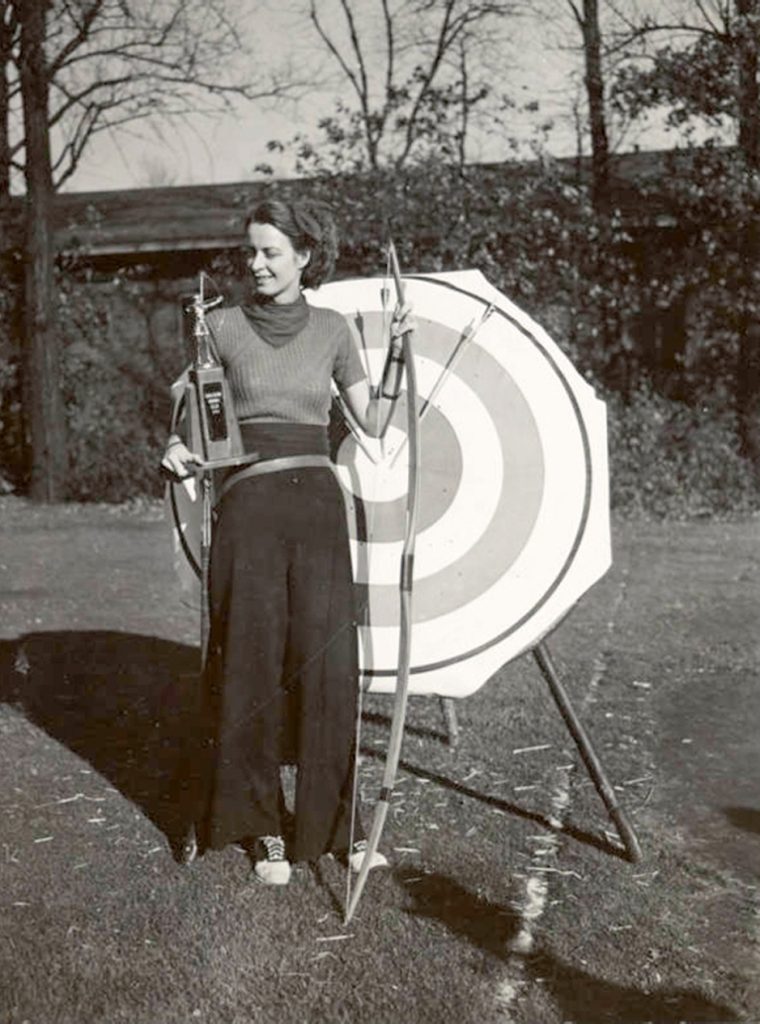
JTS: What was your favorite park or moment to photograph?
LSI: I [took photos of] scenes in Jackson Park. That day was a favorite for me, when I took the scenes in Jackson Park — it was during the pandemic [and] you weren’t supposed to be going out. I just sat there and looked out and watched. It was so relaxing
FL: There was a lady and a man strolling in the park in the fall, that was my favorite.
JTS: Who do you think needs to see the parks and/or the photo essay?
LSI: For the South Side, so they know the park is still there: Jackson Park. It’s absolutely gorgeous. It gives you a whole other picture and feel for the South Side. It [also] gives you a whole other feel for how Black people are living — we use all of those resources.
FL: I think the general public needs to see them, because they don’t realize what’s in the parks — especially people who live near the park. There is no sense in me showing [my photo essay] to someone who lives in Rogers Park because they’re not going to come down here to look at Washington Park. People who live around this park need to see this because a lot of people don’t know what’s in the park, they just ride by on the bus every day. Most people never go inside [Washington] Park and walk around the lagoon, and there are a lot of trails and things. A lot of people don’t know that Washington Park has a tree sanctuary. They have a lot of trees that are on the South Side that are not anywhere else in Chicago. And people need to realize that. [These are] things they’re walking by every day and they don’t know what they’re looking at. They even have a butterfly area where a lot of butterflies come every year.
JTS: Are there any thoughts you have for the future of Washington Park?
FL: [We need] more outdoor activities in the park. We have baseball and football, but I would love to see other art exhibits and whatnot in the park.
LSI: One is upkeep. And it really has improved. For a while, it wasn’t kept up like it should have been. [The park] needs to be maintained and there are some things you can do to improve it, like, some of the parks in other cities you can go through and exercise. They keep the jogging area up. It just really needs to be improved and kept clean.
* * *
Chicago has everything, world-class food, amazing art, and anything a city dweller would need. But if you ever need a break from the urban sprawl, take a minute to go to the parks at Washington, Jackson, and the Midway Plaisance. Take it from Lauren and Fred, it is possible to connect to nature even in an urban landscape.
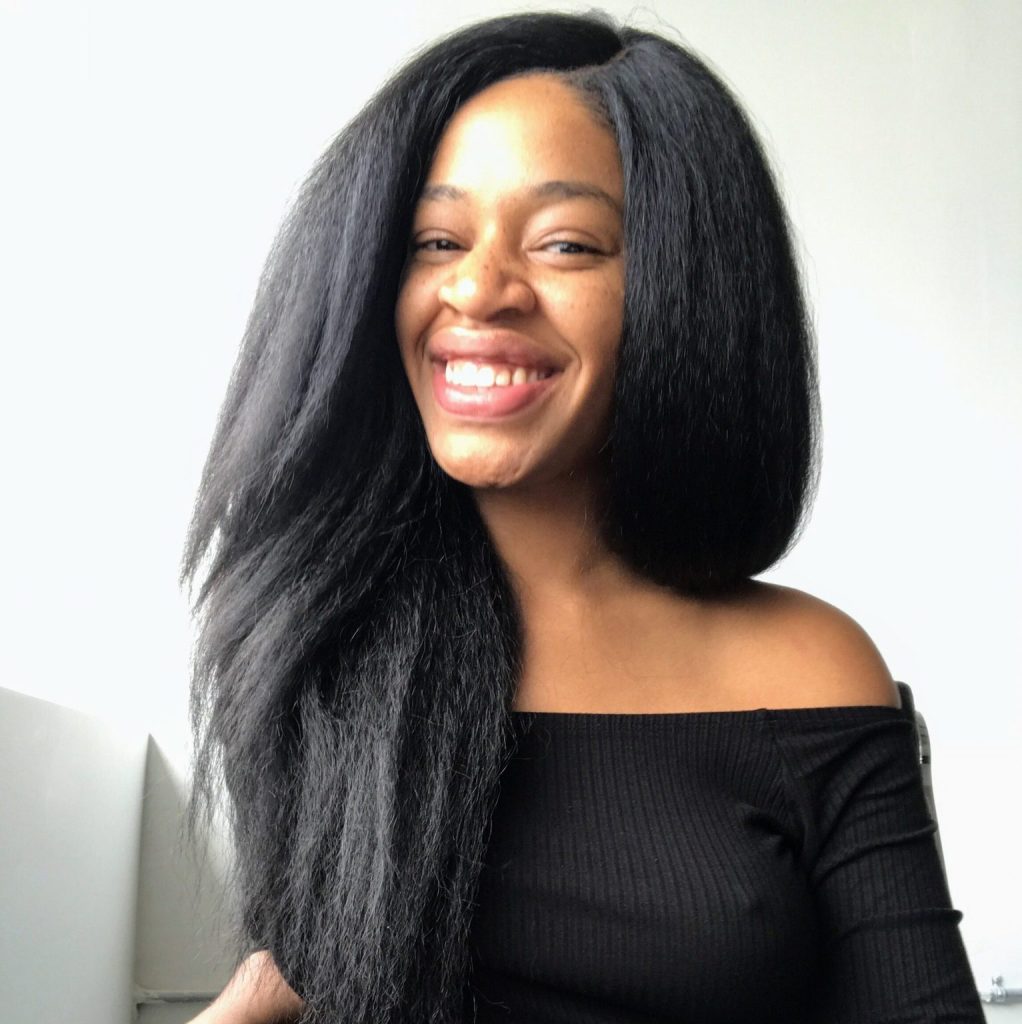
About the Author: Jen Torwudzo-Stroh is an arts and culture professional and freelance writer based in Chicago, IL.
